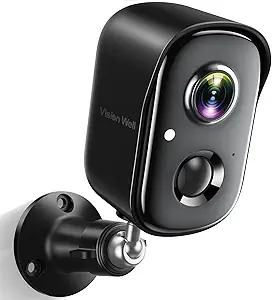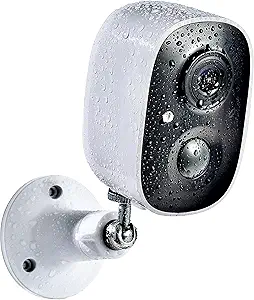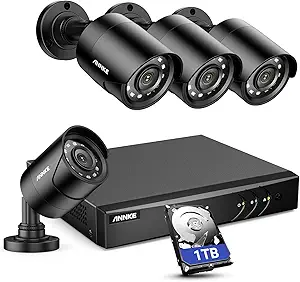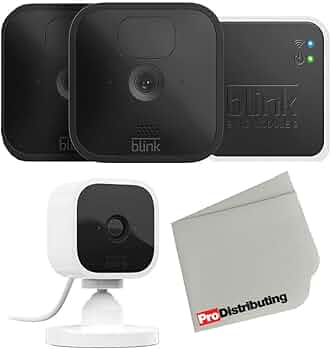The Ultimate Buying Guide for Outdoor Security Cameras: Types, Features, and Prices
Overview
Outdoor security cameras are an effective way to protect your home or business from theft, vandalism, and other criminal activities. With so many types and features available, choosing the right one can be overwhelming. This comprehensive buying guide will help you understand the different types of outdoor security cameras, key considerations, features, prices, tips, and FAQs, so you can make an informed decision.
Types
1. Wired Security Cameras - These cameras are connected to a power source and a recording device through wires. They are reliable and provide high-quality video, but installation can be complicated.
2. Wireless Security Cameras - These cameras use Wi-Fi to transmit video to a recording device or the cloud. They are easy to install and can be accessed remotely, but video quality may be affected by Wi-Fi signal strength.
3. Battery-Powered Security Cameras - These cameras run on batteries and can be placed anywhere without the need for wires. They are easy to install and can be accessed remotely, but battery life can be a concern.
4. Solar-Powered Security Cameras - These cameras use solar panels to power the camera and recharge the batteries. They are eco-friendly and cost-effective in the long run, but may not work well in areas with limited sunlight.
Key Considerations
1. Resolution - Look for cameras with high-resolution video to capture clear images.
2. Field of View - Consider the camera's field of view to ensure that it covers the desired area.
3. Night Vision - Look for cameras with infrared or low-light capabilities for clear footage at night.
4. Motion Detection - Cameras with motion detection can alert you to potential threats and save storage space.
5. Remote Access - Consider cameras that can be accessed remotely through a smartphone, tablet, or computer.
Features
1. Two-Way Audio - Cameras with two-way audio allow you to communicate with visitors or intruders.
2. Facial Recognition - Cameras with facial recognition can identify known individuals and alert you to potential threats.
3. Pan-Tilt-Zoom - Cameras with pan-tilt-zoom capabilities allow you to control the camera's movement and zoom in on specific areas.
4. Smart Home Integration - Cameras that integrate with smart home systems can be controlled through voice commands or automation.
5. Cloud Storage - Consider cameras that offer cloud storage for easy access to footage and backup.
Prices
Outdoor security cameras range in price from $50 to $500 or more, depending on the type, features, and brand.
Tips
1. Consider the camera's location and environment when choosing a type of camera.
2. Install cameras at a height that is difficult to reach or tamper with.
3. Test the camera's Wi-Fi signal strength before installation to ensure reliable video transmission.
4. Use a surge protector to protect wired cameras from power surges.
5. Regularly check and clean the camera lens to ensure clear footage.
FAQs
Q: Do outdoor security cameras work in extreme weather conditions?
A: Most outdoor security cameras are weatherproof and can withstand extreme temperatures, rain, and snow.
Q: Can outdoor security cameras be hacked?
A: While rare, outdoor security cameras can be hacked if not properly secured. Choose cameras with strong passwords and two-factor authentication.
Q: How much storage do I need for outdoor security camera footage?
A: The amount of storage needed depends on the camera's resolution and the number of cameras. Consider cameras with cloud storage for easy access and backup.
Q: Do outdoor security cameras require professional installation?
A: While some cameras may require professional installation, most are easy to install with basic tools and instructions.
Q: How do I access outdoor security camera footage remotely?
A: Cameras with remote access can be accessed through a smartphone, tablet, or computer with an internet connection.
Conclusion:
Choosing the right outdoor security camera can be a daunting task, but with this comprehensive buying guide, you have all the information you need to make an informed decision. Consider the type of camera, key considerations, features, prices, tips, and FAQs to find the best camera for your needs.












